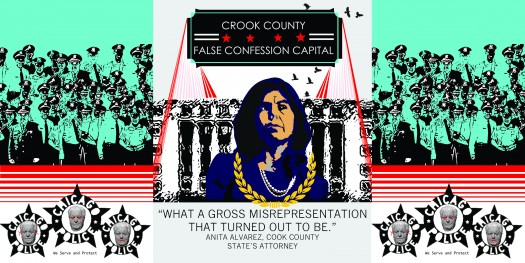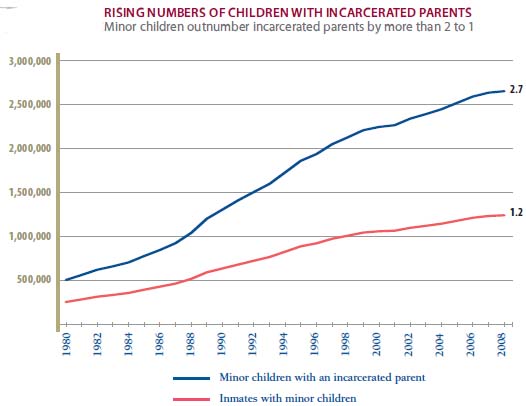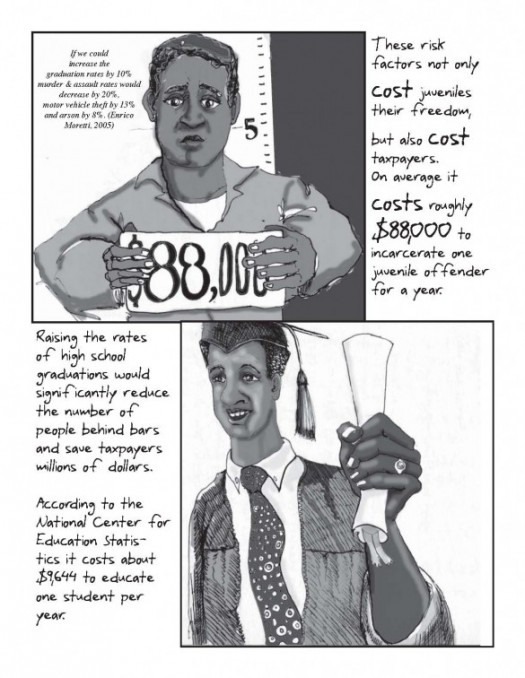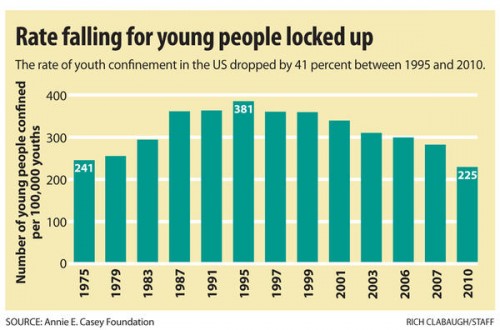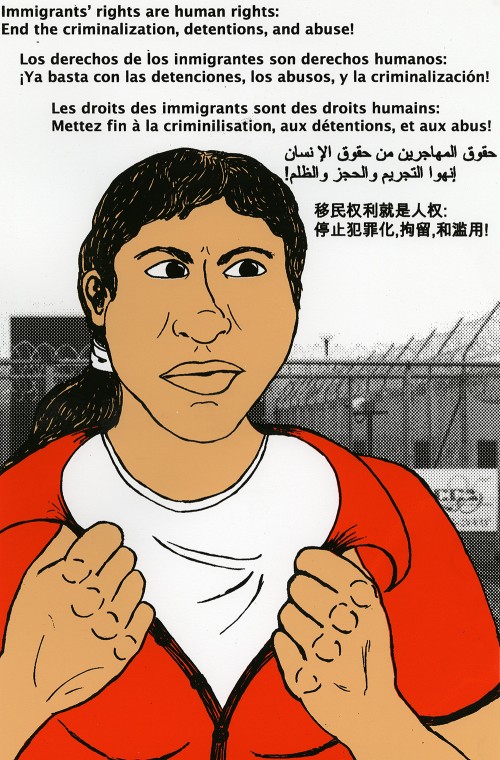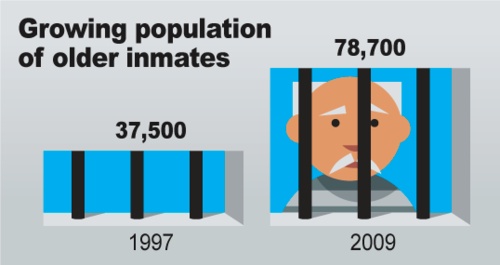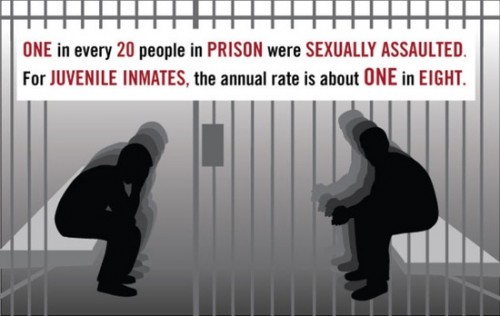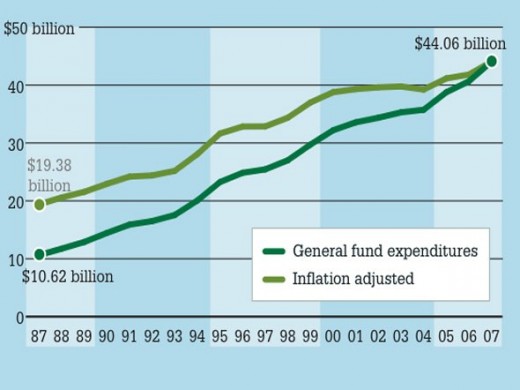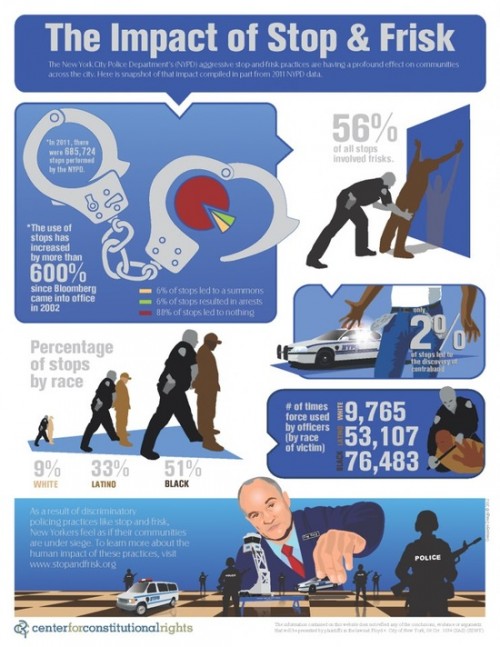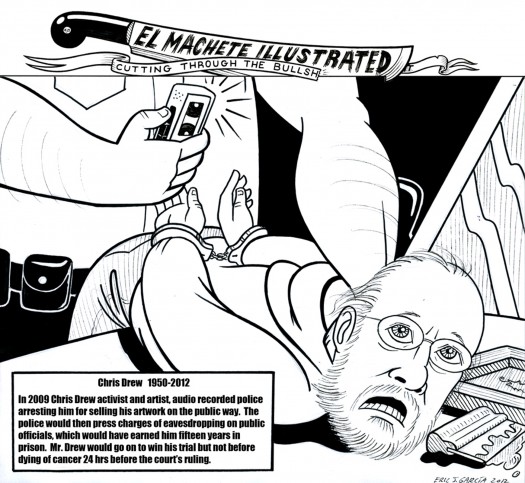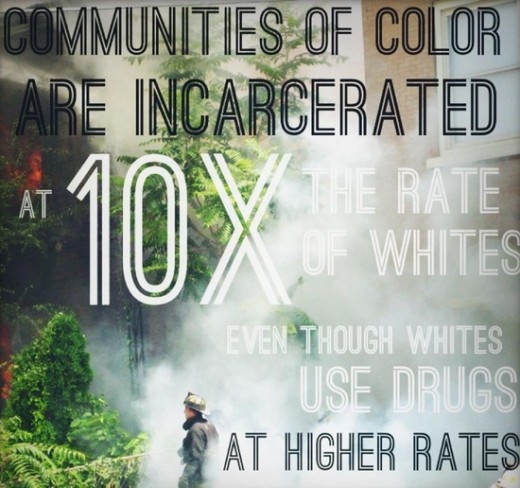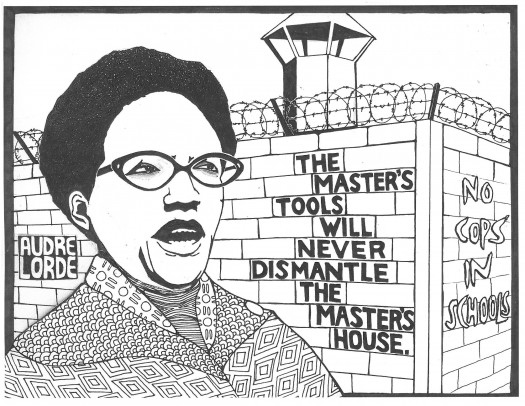Cognitive Dissonance: Ending Rape Culture By Sentencing People to Judicial Rape…
I received a few emails/tweets from readers asking for my thoughts about the conviction of two young men for raping a young woman (Jane Doe) in Steubenville, Ohio. Some wanted to know if I thought that “justice” was served. Others asked a variation of this question that came from a Twitter follower: “How do u respond to Steubenville case? How to remain survivor-centered but show that “rot in prison” is not an answer?” I had resolved not to write about the verdict and sentence but since I feel a responsibility to respond to the emails/tweets, I have decided to share my thoughts here today.
Those who don’t know the background about Jane Doe’s rape in Steubenville should read this excellent article. What she experienced is unacceptable, immoral and wrong. PERIOD. How she has continued to be treated in her community is unconscionable but unfortunately unsurprising. It points to how endemic rape culture is and also to the failure of a primarily criminal legal focused approach to eradicating sexual violence.
Currently, survivors of violence have one option for seeking public accountability for the harm that we experience: the courts. For a number of individual and systemic reasons, many survivors decide not to pursue this option. For example, rape can be hard to prove and as has been the case in Steubenville survivors are often blamed for our victimization. So those who do choose to pursue a legal avenue for accountability are often faced with a broken system that is usually unable to produce the outcomes that we seek. The truth is that the courts fail most survivors. This has led many advocates to suggest reforms that they say would make the courts more responsive to survivors’ needs. When reforms have been made however, they have mostly fallen short.
It’s no wonder then that news of a conviction in the Steubenville rape case was greeted with relief and in some cases optimism. This is perfectly understandable. Few rape cases ever even make it to trial. When they do, convictions are rare. Most people are very invested in the law and the legal system. They desperately want to believe that it can provide “justice.” This verdict feels like some vindication of that hope.

